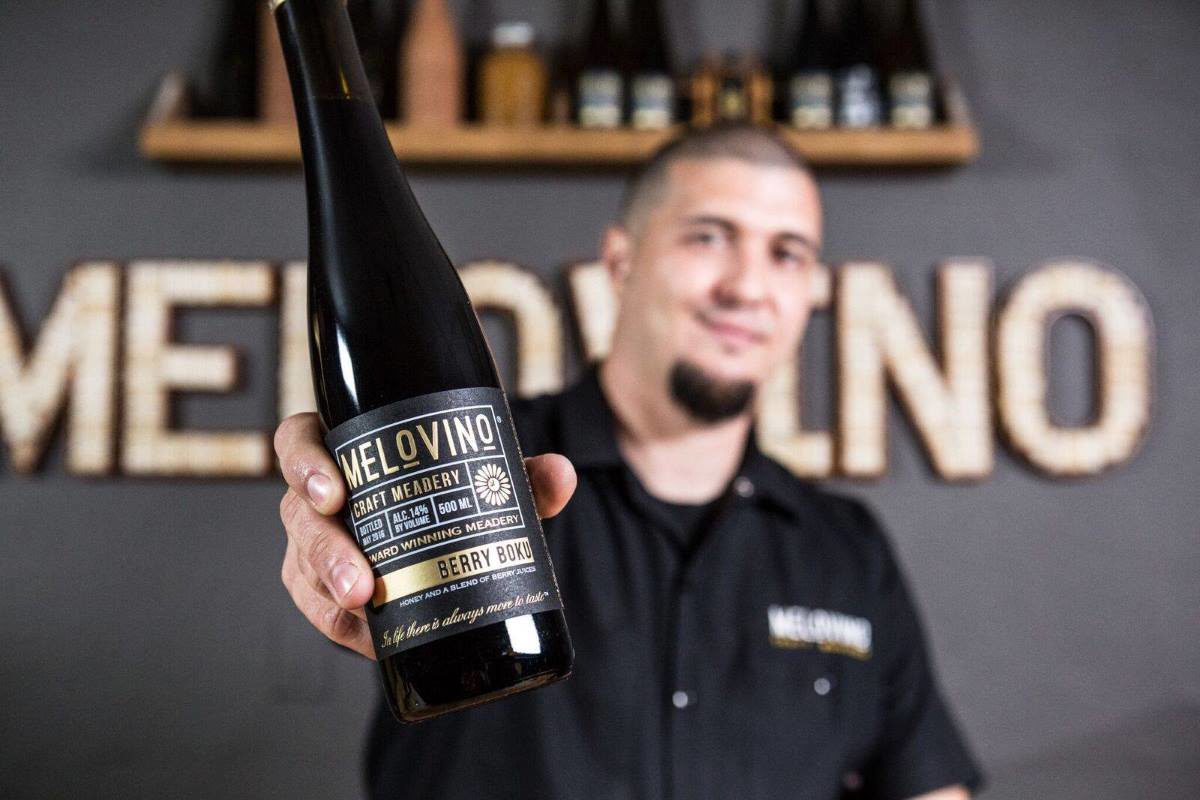We welcome Sergio Moutela back on the Meadcast for Episode 47 to discuss his updates to the Tailored Organic Staggered Nutrient Addition (TOSNA) protocol. We jump right into the changes that come with TOSNA 2.0, so be sure to check out our initial discussion on yeast nutrients and why going all organic works in Episode 22 (our most downloaded episode to date!).
Right click here to download the mp3 directly.
Drinks in this Episode
- Allen: Honey Wine with Raspberries (Fringe Meadery)
- Tysen: Hot for Teacher, a jalapeno cyser (Melovino Meadery)
- Sergio Moutela: Sour Mead, a yet to be released draft sour mead created by happenstance (Melovino Meadery)
The TOSNA 2.0 Protocol
Without having to go into all of the nitty gritty details of the protocol, Allen made his deadline and did in fact build a calculator. You provide the necessary inputs (batch size, starting sugars (in Brix or SG), and nutrient requirement). We’ll crunch the numbers and give you a tailored protocol to follow in your next batch. Check it out and let us know what you think!
Links in this Episode
- For more about Sergio and Melovino Meadery:
- For the official TOSNA documentation, see Mead Made Right
- Schramm’s Optimizing Honey Fermentation
- Just looking for the TOSNA 2.0 Calculator?
- Scott Labs Fermentation Handbook
Congratulations again to the #SodaMead #MeadChallenge winners! Pavel Anisimov wins gold again (he crushed the 2016 Mazer Cup), followed by Josh Smith in second and Dan Daugherty, CiderSage and winner of the Episode 19 Cyser Challenge, wraps up the medals in third.

Hi Guys!
Another great podcast. You guys are consistently making podcasts that are interesting and useful for the home mead maker.
A couple of questions about your TOSNA 2.0 podcast:
1. Any thoughts about creating a TiOSNA batchbuilder and/or updating your present batchbuilder to reflect TOSNA and TiOSNA?
2. Where is Sergio getting his YAN numbers for Fermaid O and A? I’ve seen a lot of different numbers out there:
TOSNA
Fermaid O 40 ppm vs 50 ppm
Fermaid K 120 ppm vs 100 ppm
DAP 210 ppm vs ???
3. Being a home mead maker, cost is still an issue, so with Fermaid O being 30% more expensive, but having 50% less YAN, I was wondering if the using Fermaid O for the last feeding would actually make more sense? I’d like to get yours and Sergio’s views on this.
Thanks for the great content!
dave
For #3 at 9% alcohol, it is understood that yeast can’t use non-organic Nitrogen or additional Oxygen. This can be an issue if it snuck up on you or if using a nutrient hog yeast. Before I started using Fermaid-O I could have batches go sulfury near the end of fermentation and I would add yeast hulls and oxygen to try to combat this. Being able to add Fermaid-O later on has solved this problem. BUT you still don’t want to add too much of any nutrient because non-yeast (spoilage organisms) can use that as a food source as well. You are trying to calculate it out so it’s all used by the end of fermentation.
There are so many SNA protocols out there, adding DAP and Fermaid-O, adding Fermaid-K only, adding Fermaid-O only and many variations of the three. You need to look at the overall YAN requirements for your yeast and make that call. I do a combo of Fermaid-K and Fermaid-O additions not because of money but because it has been the best overall method for us. I’ve been using Fermaid-O for about 3 years and I really like it as a nutrient. You need to use less Fermaid-O to achieve the same result, especially when rehydrating with Go-Ferm.
So yes, using Fermaid-K earlier and Fermaid-O later is fine.